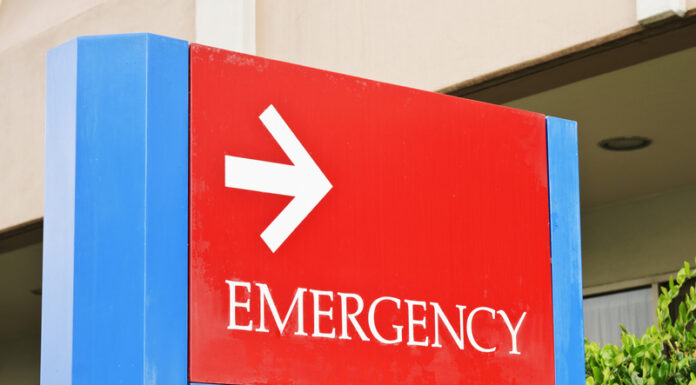Five people have died and 26 others have been hospitalized in Louisiana due to an outbreak of Vibrio vulnificus, a flesh-eating bacteria that thrives in warm saltwater and brackish water environments. The Louisiana Department of Health confirmed the fifth death on September 16, 2025, as the coastal state continues to experience significantly higher numbers of Vibrio cases than typically reported.
The current outbreak represents more than double the cases from 2024, when Louisiana reported 10 people sickened by Vibrio and one death. All 26 patients in the current outbreak have required hospitalization, with most having at least one underlying health condition. However, health officials emphasize that anyone can contract a Vibrio infection regardless of pre-existing conditions.
Vibrio vulnificus bacteria naturally occur in coastal waters and are found in higher concentrations from May through October when ocean temperatures are warmer. The bacteria can infect people through two primary pathways: consuming contaminated raw or undercooked shellfish, particularly oysters, or through open wounds exposed to contaminated seawater or brackish water.
Of the 26 confirmed cases in Louisiana this year, 85 percent of patients reported having open wounds that were exposed to seawater. Two deaths were specifically linked to consuming tainted oysters, according to the Department of Health. The bacteria can concentrate inside shellfish, making raw consumption particularly risky.
Infections can range from mild to life-threatening. In less severe cases, patients experience watery diarrhea, stomach cramping, nausea, vomiting, and fever. However, when the bacteria invades the bloodstream, it can cause dangerously low blood pressure, skin blisters, and necrotizing fasciitis, commonly known as flesh-eating disease. Medical professionals may need to amputate limbs to remove dead or infected tissue in severe cases.
People with certain pre-existing conditions face higher risks of severe complications. Those with cancer, liver disease, diabetes, HIV, or the genetic blood disorder thalassemia are particularly vulnerable. Individuals taking immune-suppressing medications, stomach acid-reducing drugs, or those who have undergone recent stomach surgery also face increased risks.
According to health officials, “About one in five people die within a day or two of becoming ill.” The rapid progression of severe infections makes immediate medical attention crucial when symptoms develop after exposure to potentially contaminated water or seafood.
The outbreak is not isolated to Louisiana. Florida has reported five deaths and 28 cases this year, with both states consistently showing the highest numbers of cases and deaths since mandatory federal reporting began in 2007. Approximately half of the 150 to 200 Vibrio infections reported annually in the United States occur in Gulf Coast states including Texas, Louisiana, Mississippi, Alabama, and Florida.
During the same time period over the previous 10 years, Louisiana averaged 10 Vibrio vulnificus cases and one death annually, making the 2025 outbreak significantly more severe than historical patterns. Officials have not specified the reasons for this year’s increase, though warmer ocean temperatures during peak season months may contribute to higher bacterial concentrations.
Health authorities recommend several prevention measures to reduce infection risk. Individuals should avoid consuming raw shellfish and stay out of brackish or saltwater if they have any open wounds, cuts, or scrapes. Those who must enter potentially contaminated water should cover wounds with waterproof bandages and wear protective clothing including gloves.
The Louisiana Department of Health advises seeking immediate medical attention if skin infections develop after water exposure. Recent tattoos or piercings also create entry points for the bacteria, requiring extra precaution around coastal waters and raw seafood.
Most healthy individuals who contract Vibrio infections experience relatively mild symptoms and recover with proper medical care. However, the potential for rapid progression to life-threatening conditions, including septic shock and necrotizing fasciitis, makes prevention and early treatment critical components of public health response efforts.








